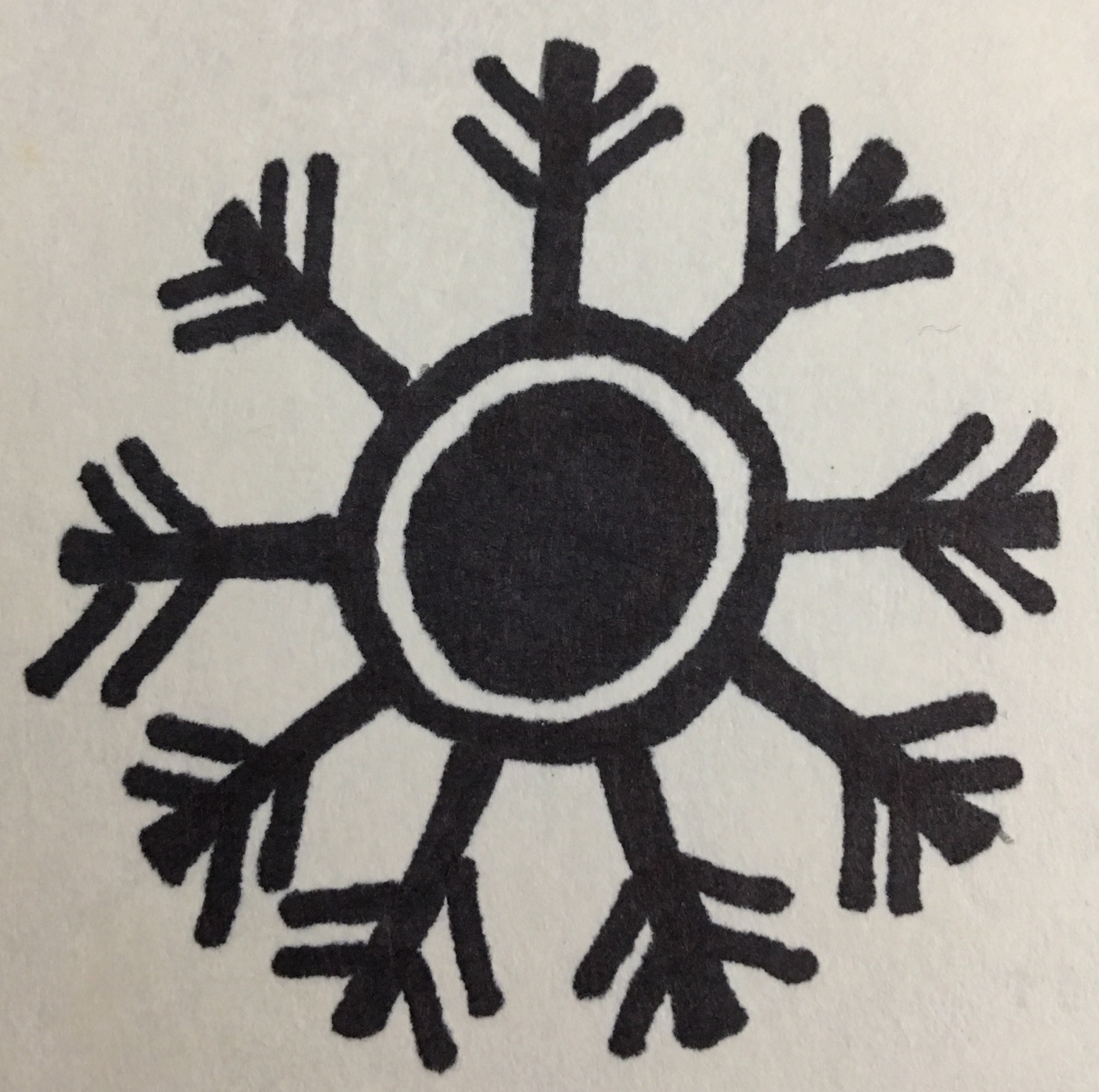Mala's Tears
Once a year, on most battlefields throughout the continent, a small thick shrub of a bush undergoes its rapid bloom and fruiting period. Normally green fields are suddenly littered with bright patches of pure white flowers that shine gently in the light of the moons. Within a weeks time, the flowers mature into soft berries, translucently white, that produce their own light in darkness. The berries will last for another week at most, the lions share being devoured by wildlife, before they are gone, those not harvested or eaten rotting rapidly on the vine, the seeds within falling to the ground to grow new bushes for the next year. This is the life of the Mala's Tears bush, one of the most valuable plants in existence.
Basic Information
Anatomy
The Mala's Tears bushes are small, growing to little more than one foot in height at its full growth. the branches are brown and covered in small round leaves roughly the size of a fingernail. The flowers are silvery white in color and shaped like a eight pointed star, with long delicate petals that often curl slightly near the tips. The berries grow to the size of a robins egg, and are a oblong teardrop shape. This in combination with the translucent white coloration of the berries and the way they hang beneath the leaves gives the plants its name, as when in fruit the small bushes appear to weep small glowing tears in the night. The seeds of the plant are extremely small, comparable to poppy seeds in size.
Genetics and Reproduction
The plant will fruit only twice in its short lifetime, the berry itself only lasting for a week before rapidly rotting away. Each small berry contains only ten seeds, which while tony, are covered in a resilient shell that is strong enough to allow them to pass through the digestion of many animals without damaging the seed itself.
Growth Rate & Stages
A bush takes a year to reach maturity, growing from a tiny seed either at the foot of its parents or where ever it was deposited. It will fruit once its reaches maturity, provided the season is correct and the moons are in the right condition.
Ecology and Habitats
Mala's Tears are only found in old battlefields. According to legends, they are a manifestation of the Goddess's power as she seeks to bring redemption and mercy to the dead.
Biological Cycle
The bush will lose its leaves in areas with a Fall season, and enter a hibernation during the winter months. Due to the small size of its leaves, it is often one of the first plants to regrow its greenery in the springtime, and often used as a marker that spring indeed as come.
Additional Information
Uses, Products & Exploitation
While the leaves and roots of the plant themselves hold no real value, not even truly being very high in nutrition, the flowers, berries, and seeds are extremely useful.
The flowers, often referred to as Mother's Embrace, can be brewed into a tea for limited pain relief. In the hands of a diligent alchemist they can also be ground up and made into a poultice that suppresses pain to such a degree that it can be used to assist in the amputation of limbs and delicate surgeries.
The fruit has supernatural healing qualities, greatly enhancing the bodies natural healing speed to not only wounds of the flesh, but bone breaks and even internal injuries as well. The fruit can be made into a jelly like ointment and applied with bandages to aid in basic field dressings for those in a pinch, but the true value comes in its alchemical abilities in potions. Mala's Tears are the key ingredient to making powerful potions of the healing nature. Potions made with the flesh and skin of the berry are said to be able to bring a person back from the brink of death, knitting together flesh and bone before ones very eyes. They can also be eaten whole and doing so provides a powerful feeling of life reaffirming joy that lasts for several days. It is for this reason that powerful individuals occasionally hold feasts during the time of the plants fruiting so as to add the soft white fruits to the menu, bringing an even greater level of prestige and awe to the event.
Lastly, the seeds of the plant also contain a powerful application to pain reduction, but in a much more dangerous quality. While the reduction in pain is vastly superior to the flower, it does so by completely shutting down the nerves in the area. If taken in to great a dosage, ones entire nervous system shuts down completely. For this reason, it is used as an extremely potent poison, and in very rare occasions used to allow one near the end of their life or in great physical suffering that is beyond the possibility of healing, to pass into death in a calm, comfortable manner.
The flowers, often referred to as Mother's Embrace, can be brewed into a tea for limited pain relief. In the hands of a diligent alchemist they can also be ground up and made into a poultice that suppresses pain to such a degree that it can be used to assist in the amputation of limbs and delicate surgeries.
The fruit has supernatural healing qualities, greatly enhancing the bodies natural healing speed to not only wounds of the flesh, but bone breaks and even internal injuries as well. The fruit can be made into a jelly like ointment and applied with bandages to aid in basic field dressings for those in a pinch, but the true value comes in its alchemical abilities in potions. Mala's Tears are the key ingredient to making powerful potions of the healing nature. Potions made with the flesh and skin of the berry are said to be able to bring a person back from the brink of death, knitting together flesh and bone before ones very eyes. They can also be eaten whole and doing so provides a powerful feeling of life reaffirming joy that lasts for several days. It is for this reason that powerful individuals occasionally hold feasts during the time of the plants fruiting so as to add the soft white fruits to the menu, bringing an even greater level of prestige and awe to the event.
Lastly, the seeds of the plant also contain a powerful application to pain reduction, but in a much more dangerous quality. While the reduction in pain is vastly superior to the flower, it does so by completely shutting down the nerves in the area. If taken in to great a dosage, ones entire nervous system shuts down completely. For this reason, it is used as an extremely potent poison, and in very rare occasions used to allow one near the end of their life or in great physical suffering that is beyond the possibility of healing, to pass into death in a calm, comfortable manner.
Geographic Origin and Distribution
With the exception of the colder regions of the world, such as Palestone and The High Tundra, Mala's Tears can be found throughout the continent in varying degrees of intensity.
The plant is named after Mala Mother Mercy, the main deity of the Falla, and a prominent Goddess of Healing, Protection, Martyrdom, and Sacrifice. The flowers of this plant can be found on her Holy Symbol.
The bush is a sacred symbol to those who worship Mala Mother Mercy, and can be used by them as a place to preform consecrated rituals in the same way as a dedicated temple. The Falla especially hold this plant in reverence, with its flower being featured prominently in not only their courtship and burial rituals, but also the heraldry of several of their powerful houses.





I imagine this plant is a standard in every healer's kit!